Buick Lacrosse (2005-2023) firing order — diagram & guide
The gateway to smoother journeys: Buick Lacrosse firing order.
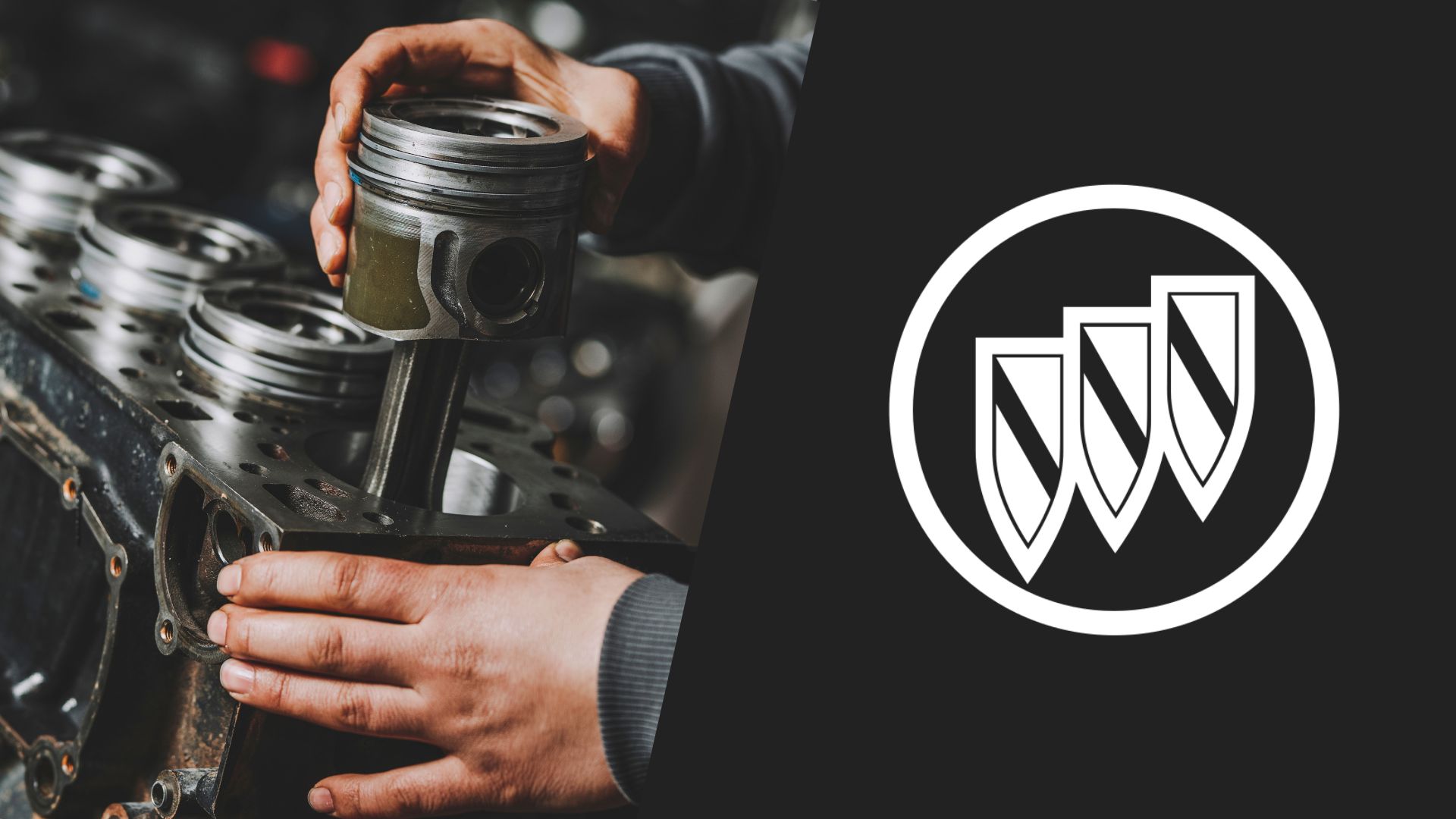
While we are mostly used to old-school Buick sedans, the Lacrosse makes a nice refreshment on the US automotive scene. It’s been around ever since 2005 and now it’s in the fourth generation, so our team wanted to give a helping hand to all the owners among you.
We’ll discuss the Buick Lacrosse (2005-2023) firing order with a focus on the exact firing sequence and cylinder layout for each engine option. So, you should be able to use that for the benefit of your own Lacrosse engine, and we’ll get right into the details.
| LACROSSE YEARS | ENGINE | FIRING ORDER |
|---|---|---|
| 1st Gen (2005-2009) | 2.4L | 1-3-4-2 |
| 3.0L V6 | 1-6-5-4-3-2 | |
| 3.6L V6 | 1-2-3-4-5-6 | |
| 3.8L V6 | 1-6-5-4-3-2 | |
| 5.3L V8 | 1-8-7-2-6-5-4-3 | |
| 2nd Gen (2010-2016) | 2.0L turbo | 1-3-4-2 |
| 2.4L | 1-3-4-2 | |
| 3.0L V6 | 1-6-5-4-3-2 | |
| 3.6L V6 | 1-2-3-4-5-6 | |
| 3rd Gen (2017-2023) | 2.5L | 1-3-4-2 |
| 3.6L V6 | 1-2-3-4-5-6 |
First-generation Buick Lacrosse (2005-2009) firing order
The first-gen Buick Lacrosse featured mostly V6 engine options, along with a few four-cylinder and V8 engines. So, drivers could choose between different engine types and configurations, and we’ll get to the main details of every engine specifically.
Buick Lacrosse 2.4L firing order

As a base Lacrosse engine, the 2.4-liter has the firing order 1-3-4-2 which was common for Buick four-cylinder engine options at that time. The cylinder configuration is also pretty simple since the first cylinder is the left-most one and the rest is aligned in a straight order from 1 to 4 toward the right side.
Buick Lacrosse 3.0L firing order
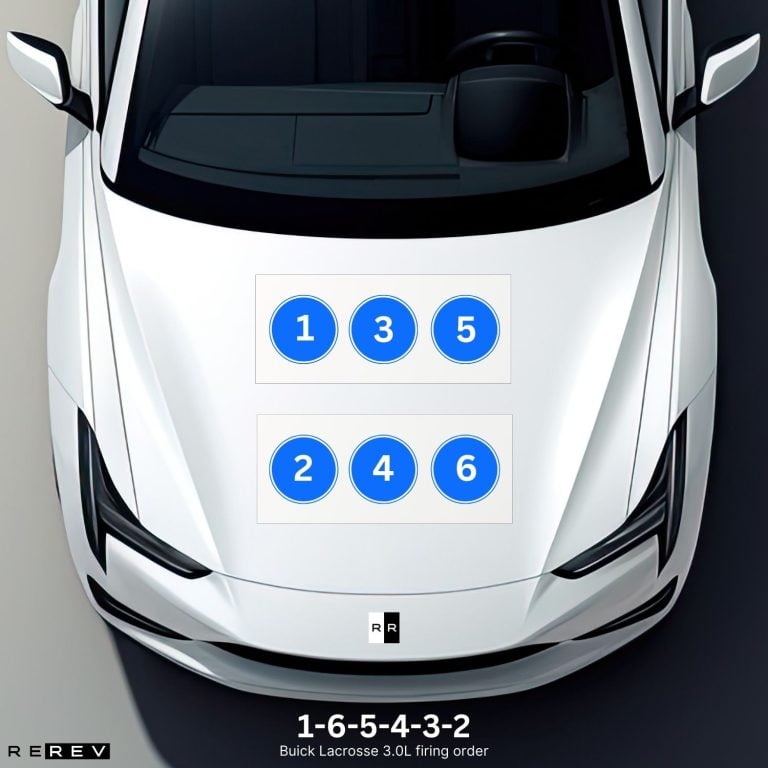
The 3.0-liter V6 is the first Lacrosse V6 engine option and the firing order is 1-6-5-4-3-2. However, it’s significantly different from the remaining V6 engines because of its configuration. To put it simply, it’s a transverse V6 engine which means there’s an upper and a lower cylinder bank.
The upper bank cylinders are ordered 2, 4, and 6 left to right, while cylinders 1, 3, and 5 are laid out in the lower cylinder bank.
Buick Lacrosse 3.6L firing order

The next V6 option we’ll discuss is a 3.6-liter engine, so the Buick Lacrosse 3.6L firing order is 1-2-3-4-5-6. Along with that, it’s crucial to note the cylinder arrangement since it’s a transverse V6 engine. That means cylinders 1, 3, and 5 are laid out left to right within the upper cylinder bank.
Below them, cylinders 2, 4, and 6 are also ordered from the left to the right side, so this cylinder layout is different when compared with the previous six-cylinder engine.
Buick Lacrosse 3.8L firing order
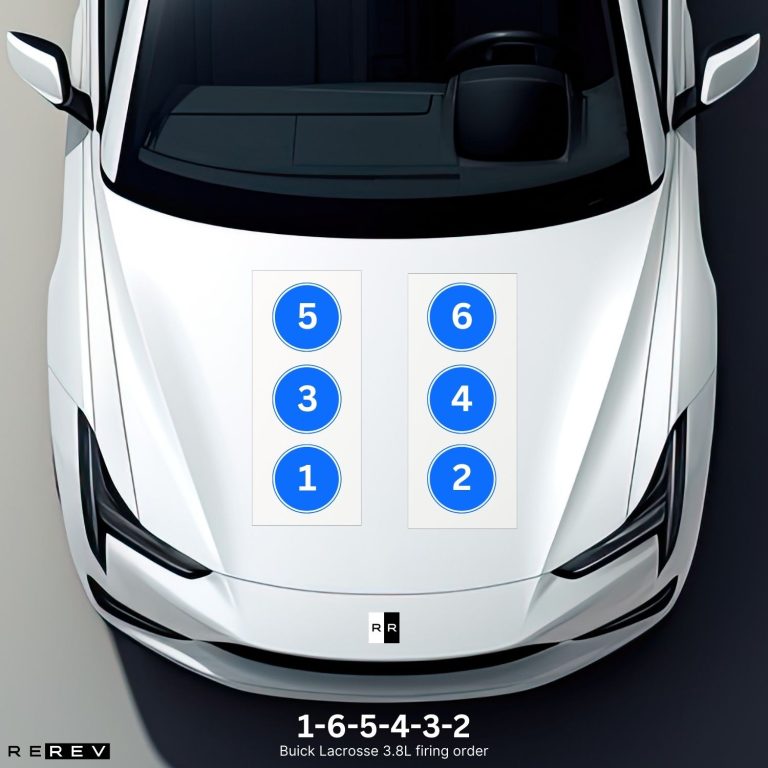
As for the 3.8-liter engine, it’s yet another V6 option offered for the first-gen Lacrosse, and this time the firing order is 1-6-5-4-3-2. The cylinder layout of this engine also differs from that of a previously-mentioned V6 since this one is a longitudinal six-cylinder.
In other words, you’ll find cylinders 1, 3, and 5 on the passenger’s side this time, with cylinders 2, 4, and 6 being on the driver’s side. All the cylinders are numbered front to rear.
Buick Lacrosse 5.3L firing order
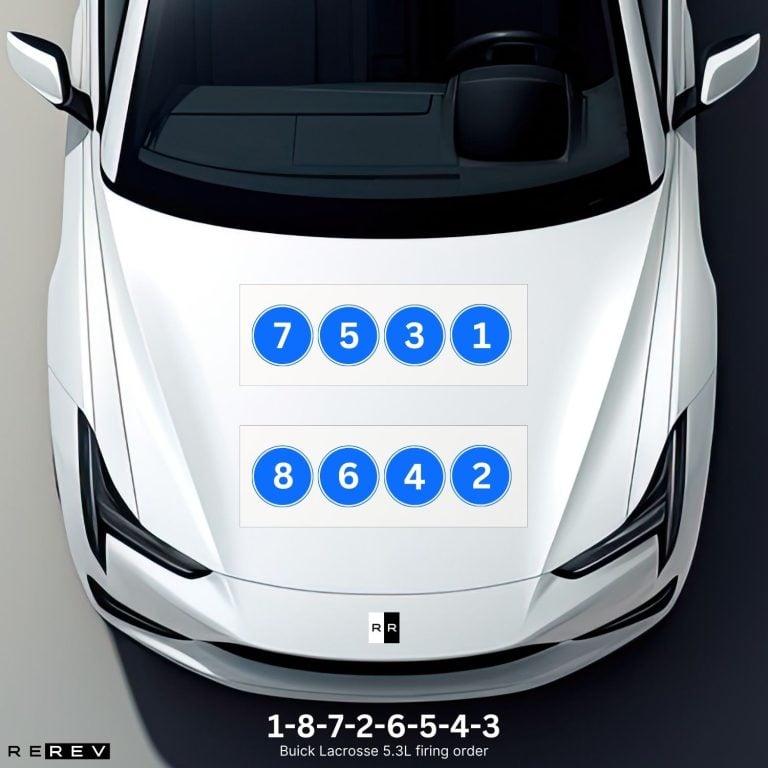
As the only V8 option ever offered in a Lacrosse, the 5.3-liter engine was available for the first-gen model alone. So, the Buick Lacrosse 5.3L firing order is 1-8-7-2-6-5-4-3, and this engine is a transverse eight-cylinder powertrain.
That means it features a similar layout to the one of a transverse 3.6-liter engine, but this time cylinders 1, 3, 5, and 7 are located within the upper cylinder bank. The cylinders are ordered from right to left, and the same goes for cylinders 2, 4, 6, and 8 below those.
Second-generation Buick Lacrosse (2010-2016) firing order
With the second-gen Lacrosse, Buick still offered four-cylinder and V6 engines, but the V8 engine was removed from the offer. There were some known engines used in the previous generation like the 2.4-liter four-cylinder and 3.0L and 3.6L six-cylinders. However, there was also a new engine added for this generation, so we’ll discuss that one next.
Buick Lacrosse 2.0L turbo firing order
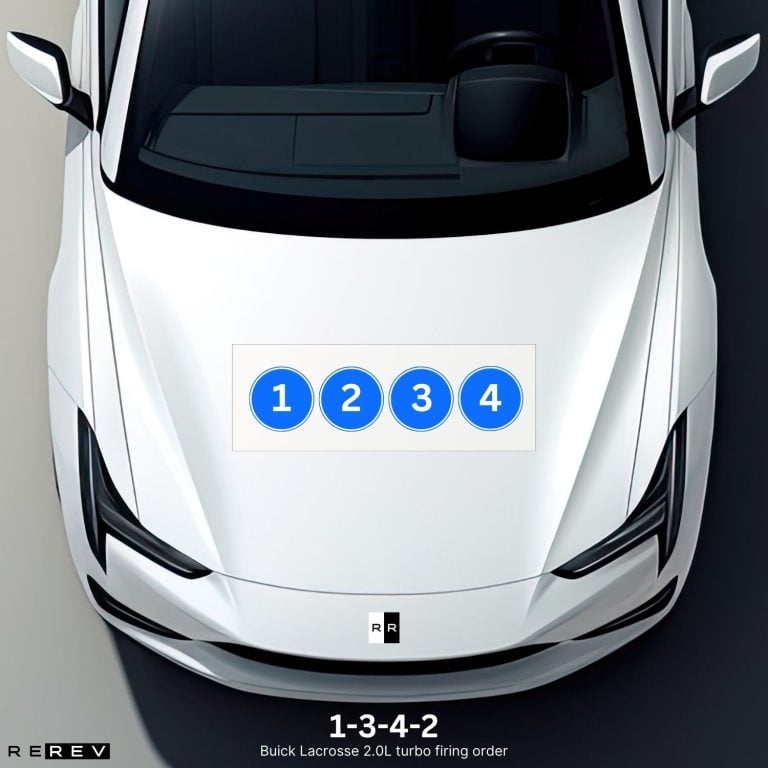
The Buick Lacrosse 2.0L turbo firing order is 1-3-4-2 and this engine is a four-cylinder similar to the 2.4-liter one. The only difference is that this one uses a turbocharger and the cylinder layout goes from 1 to 4 in a straight line from left to right.
Third-generation Buick Lacrosse (2017-2023) firing order
The third-gen Lacrosse only offered two engine options and these include the 2.5-liter four-cylinder and the previously-mentioned 3.6-liter V6. So, since we already discussed that one, it’s time to focus on the newly added 2.5-liter engine.
Buick Lacrosse 2.5L firing order

Finally, the Buick Lacrosse 2.5L firing order is 1-3-4-2 and this engine is the final four-cylinder offered throughout the three generations of the model. Once again, the cylinders are laid out from left to right, and the first cylinder is the left-most one in this engine, with the fourth one being on the right.
Our take
Overall, our guide on Buick Lacrosse firing order should be enough to help you figure things out regarding DIY maintenance. Regardless of your Lacrosse engine type, we hope you’ll find this guide useful as it may help prevent oil leaks and misfires among other engine issues.